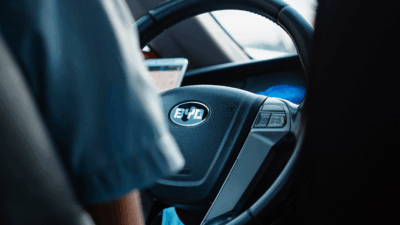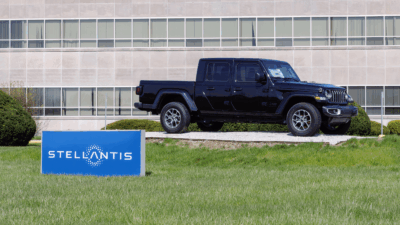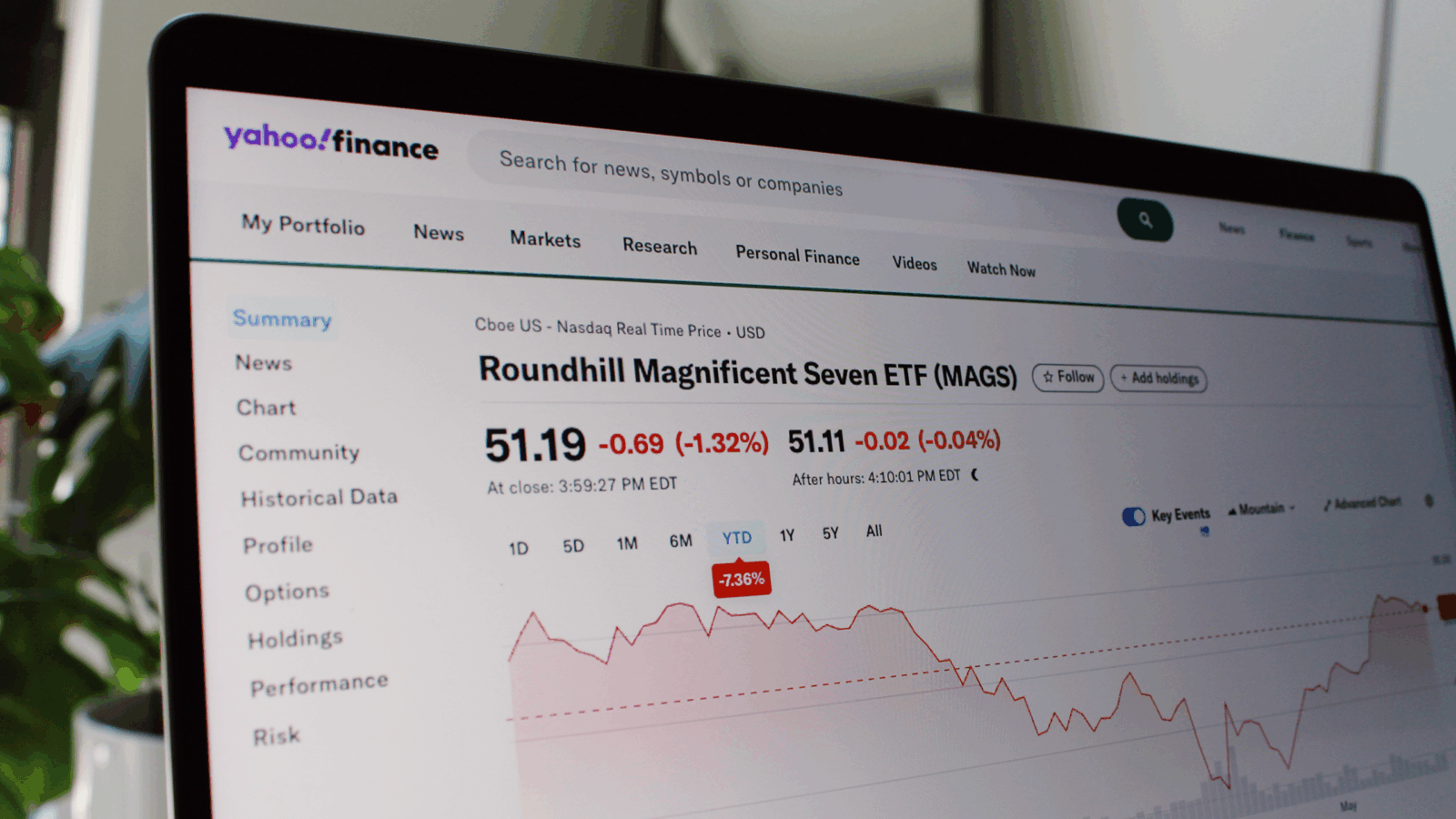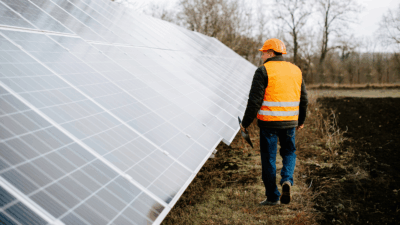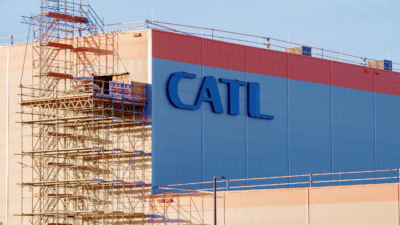Tesla Recalls Almost All US Cars Over Self-Driving Woes
Safety regulators said the company’s famed Autopilot driving system had insufficient safeguards to avoid accidents.

Sign up for smart news, insights, and analysis on the biggest financial stories of the day.
In the new Netflix thriller Leave the World Behind, self-driving Teslas are woven into the Hitchcockian nightmare facing Julia Roberts and her family. Art, it turns out, imitates life.
On Wednesday, Tesla recalled roughly 2 million cars, or nearly every vehicle it sold in the US in the past decade, after an investigation by the National Highway Traffic Safety Administration (NHTSA) found that insufficient safeguards in the Autopilot driver-assistance systems could lead to “foreseeable misuse of the system.” Attention, Tesla drivers: Please keep both hands on the wheel and your eyes on the road as you return your EV to the lot. Everyone else, run for cover.
Hands at Ten and Two
The road to fully autonomous vehicles has been a bumpy one. Tesla’s recall — which covers nearly all models X, Y, S, and 3s sold since October 2012 — comes after a roughly two-year investigation by the NHTSA into a series of crashes involving the Autopilot systems, some of which were deadly.
Autopilot can steer, brake and accelerate, but it cannot, despite its name, fully drive the car itself. A driver-monitoring system requires hands be kept on the steering wheel when Autopilot is engaged. But the system is easy to fool, and the NHTSA found that it wasn’t keeping drivers engaged and aware. A new software update for the models is supposed to make them safer:
- The update will limit where Autopilot’s Autosteer feature can be used (it’s more for freeways than city streets) and simplify how it’s turned on and off. Additionally, some newer models will add more visual and audible alerts for when the system requires driver assistance.
- Following the update, some drivers could even be suspended from using the Autosteer feature if they too often fail “to demonstrate continuous and sustained driving responsibility,” according to recall documents.
Eyes on the Driver: Still, some safety advocates say the software update isn’t enough. “The compromise is disappointing because it does not fix the problem that the older cars do not have adequate hardware for driver monitoring,” Philip Koopman, electrical and computer engineering professor at Carnegie Mellon University, told the AP. Other automakers have implemented camera systems to monitor driver engagement with similar driver-assist systems. Tesla’s update also fails to address its cars’ unfortunate habit of crashing into emergency response vehicles. The only thing worse than getting T-boned by a self-driving Tesla is getting T-boned again in the ambulance on the way to the hospital.


